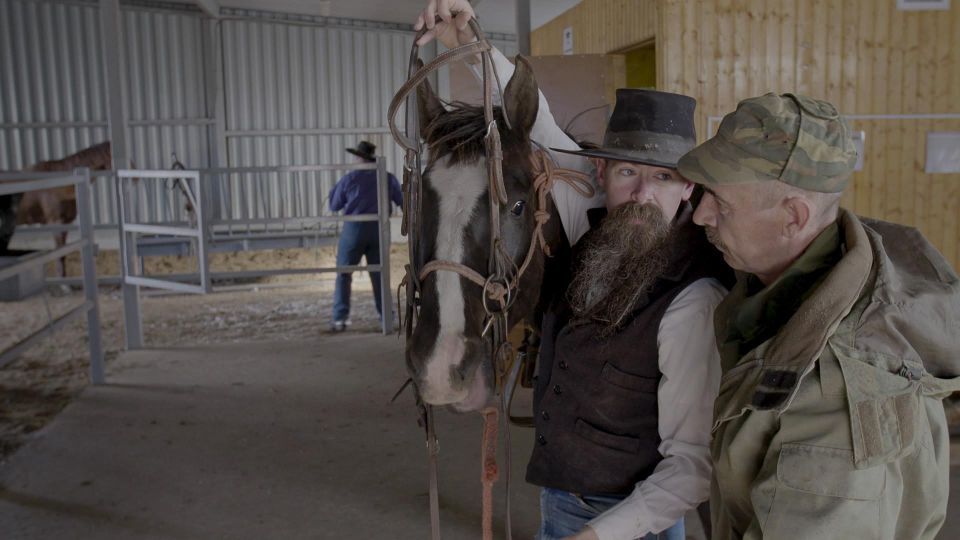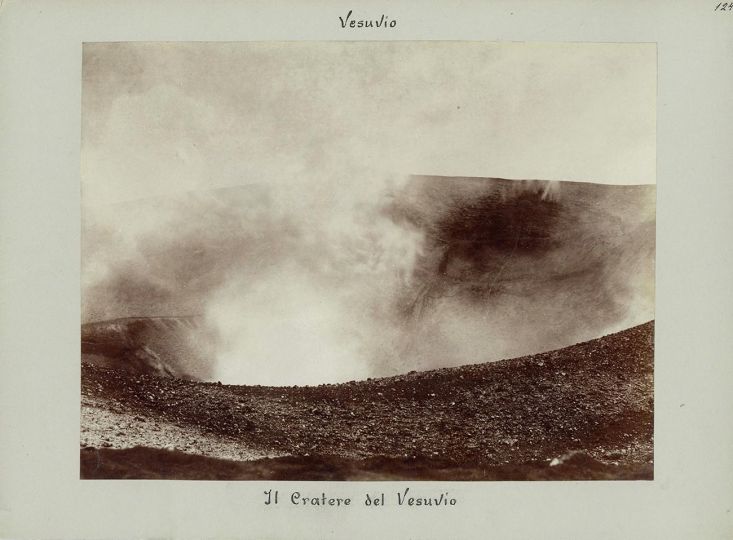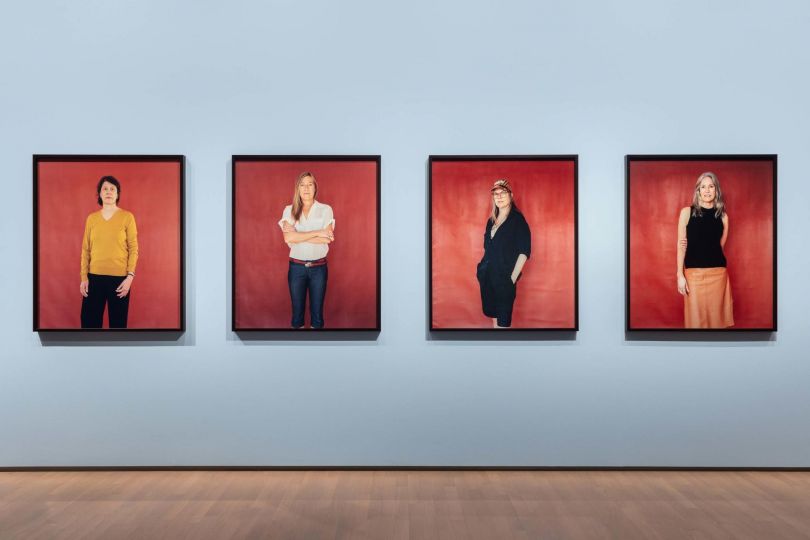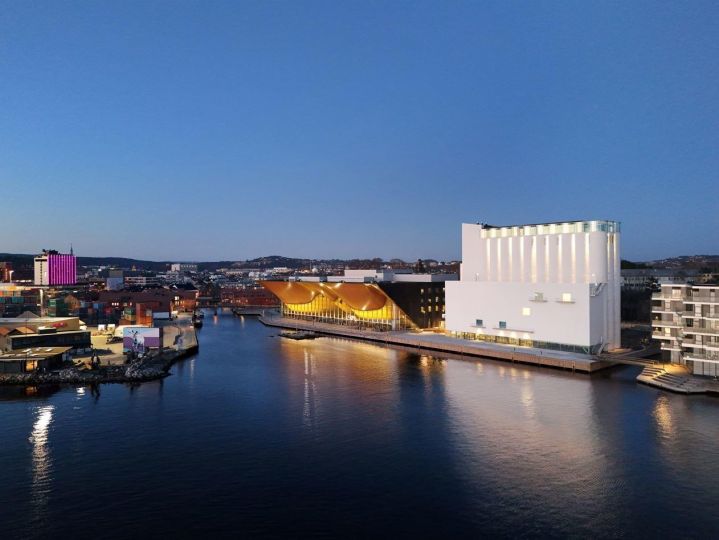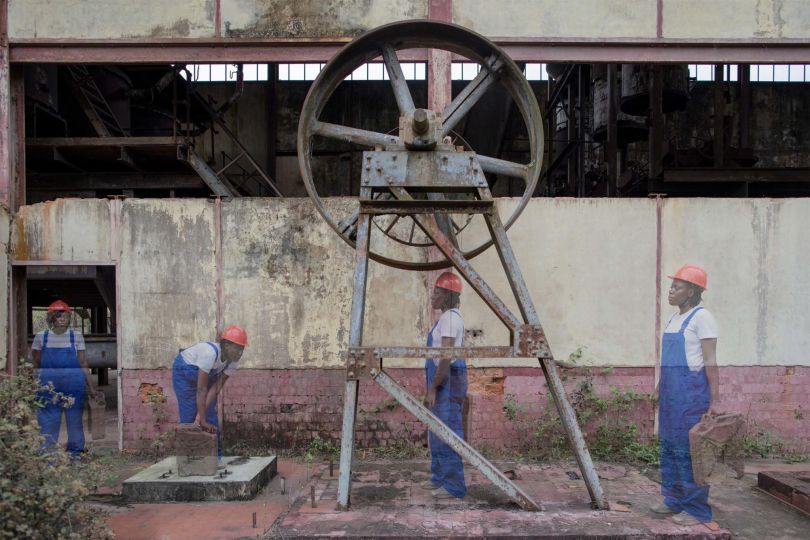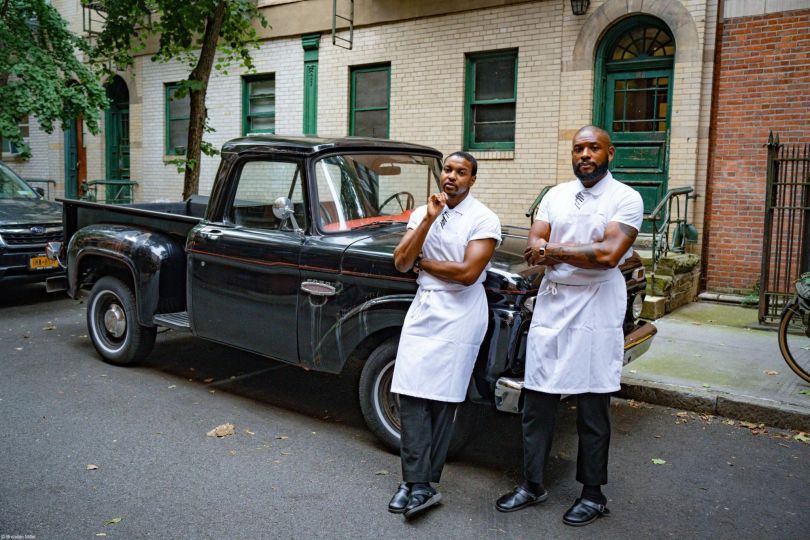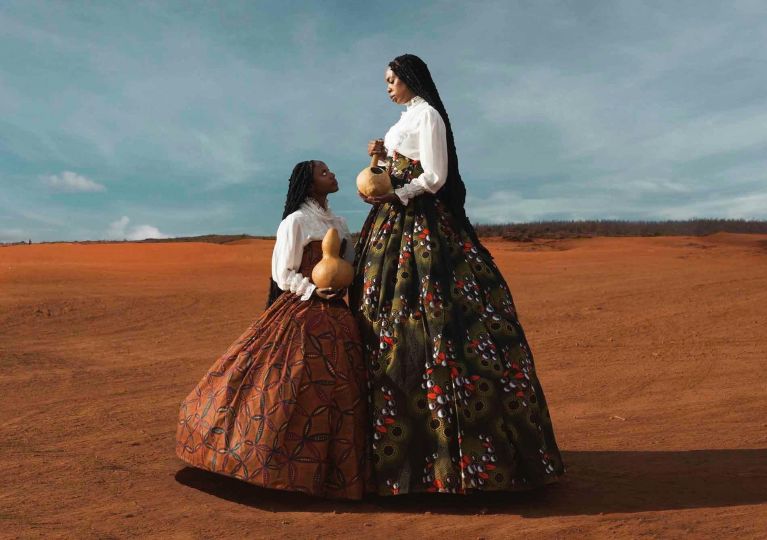Ilie Mitaru is a photographer and filmmaker in NYC, he sent us his series Wrangling Russia with this text.
In 2011, Russia’s largest meat producer, Miratorg, began recruiting American cowboys to help restart a national beef industry that had largely been destroyed during the Soviet era.
Our film, Wrangling Russia, follows four of these American cowboys as they attempt to train their Russian counterparts and create new lives for themselves and their families in this new unexpected Russian frontier.
The film was created before Russia’s invasion of Ukraine, but its mission to showcase a connection between citizens of two countries taught to be suspicious of one another, is more necessary now than ever.
I was drawn to this story for a few reasons.
First, it struck me as a delightful fish-out-of-water story, with American cowboys, most having come of age during the Cold War, trying to find their footing and build a new home in the Russian countryside.
We leaned into this during our coverage, shooting interviews very wide, with an exaggerated amount of headroom, giving as much weight to the vast environment surrounding our subjects as to the subject themselves.
During the early days of production, the story was not coming together. The cowboys were kind and gracious, but professional and distant. It was not until we started joking around, taking ourselves less seriously, that the guys came alive, regaling us with funny stories and observations of their time in this foreign land. We leaned into that humor in the edit, prioritizing funny moments, or scenes of tenderness around family and culture, as opposed to concerning ourselves with the details of their jobs or facts about their lives.
The second reason I was drawn to this project was for the unique opportunity to deploy a Western aesthetic and symbolism but within a Russian context. I’m a huge fan of the Western genre and wanted to really lean into the classic Western imagery — wide open ranges with big skies, jet black silhouettes against setting suns, long slow tracking shots — and transpose it onto the beautiful Russian countryside.
In keeping with that theme, myself and Flemming Laursen, the cinematographer, wanted to have every shot feel considered and composed, even if that meant missing some of the action. We committed to having every shot on sticks, a rule we rarely broke. No matter how frantic the action, we’d sneak in with the tripod, find our frame, and stay committed to that coverage for as long as we could. We missed a lot of coverage, but feel the finished film was successful in recreating the feel of a classic Western.
Finally, I was drawn to this story because — in a time of heightened tension between the US and Russia — it showcased working-class people of the two countries finding common ground. People who did not speak one another’s language, who had been living under governments that had been demonizing one another for decades, quite naturally managed to work together, teach one another, and build new lives together in this unexpected coming together in the Russian countryside.
Ilie Mitaru
www.iliemitaru.com
@iliemitaru

